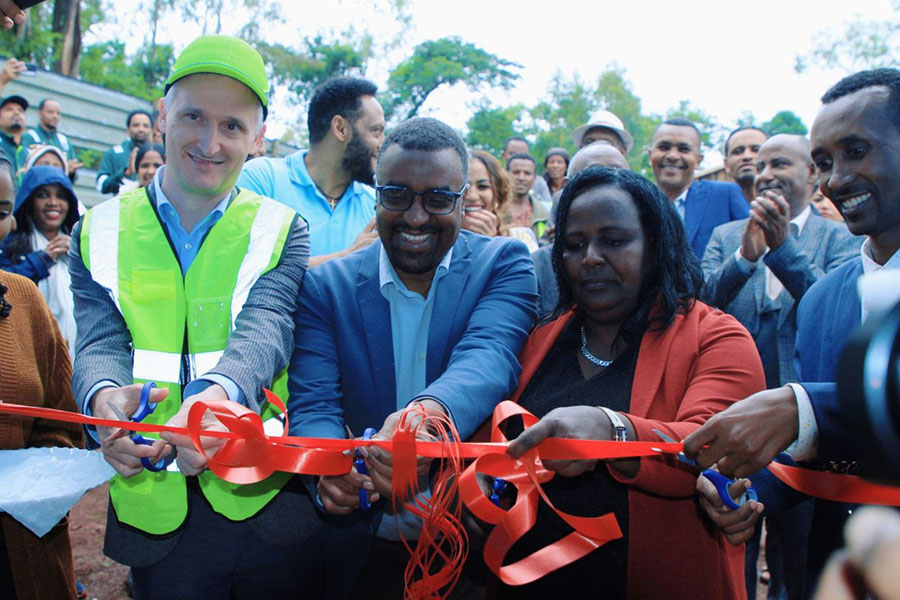
Oct 7 , 2023
By Ulrich Volz , Marina Zucker-Marques
Multilateral development banks must be involved in addressing the debt crisis but with equitable burden sharing. Despite the costs, debt relief is essential for a sustainable and resilient future, argued Ulrich Volz, professor of economics and director of the Centre for Sustainable Finance at SOAS, University of London, and Marina Zucker-Marques, a post-doctoral researcher at SOAS, in this commentary provided by Project Syndicate (PS).
The urgency of tackling the developing world's sovereign debt crisis continues to grow. As global temperatures rise and the threat of irreversible damage to the planet looms, onerous debt burdens are preventing many low-income countries (LICs) in Africa and elsewhere from investing in climate action. Progress on debt relief under the G20's Common Framework for Debt Treatment has been stymied by creditor disputes, foreclosing any possibility of a timely and meaningful resolution.
Whether multilateral development banks (MDBs) will take losses alongside other creditors has been particularly contentious. While the G20 has asked MDBs to develop burden-sharing options, no systematic plan has emerged. In contrast to the Paris Club of sovereign creditors, China insisted that MDBs take a haircut, before softening its stance during this year's Spring Meetings of the World Bank Group and the International Monetary Fund (IMF).
Yet the demand for MDB involvement was reiterated at the recent BRICS summit. Rightly so.
As we show in a new report, the participation of MDBs in sovereign debt restructurings is not only feasible but also necessary to break the current deadlock. For starters, at least half of the total external sovereign debt stock in 27 debt-distressed countries – many of which are LICs or small island developing states (SIDS) – is owed to multilateral creditors. Thus, even if all bilateral and private debt were cancelled, exempting MDBs from debt restructuring would prevent some of the world's most vulnerable countries from achieving a full recovery.
Perception matters. The participation of all external creditors, including MDBs, in debt restructuring would remove any impression of unfairness or free riding, making bilateral and private creditors more amenable to negotiations.
The debt relief generated through burden sharing would align with the MDBs' core mandate of supporting sustainable economic development and eliminating extreme poverty. If the crisis remains unresolved, debt-distressed countries will be unable to make progress toward the United Nations Sustainable Development Goals (SDGs), let alone achieve them by 2030. Only with more fiscal space can governments invest in high-priority areas.
Finally, a protracted debt crisis would result in significant costs for the MDBs' concessionary lending arms: as LICs' debt-distress indicators rise, so, too, must the grant element of MDB assistance.
Consider the International Development Association (IDA), the World Bank's lending arm for the poorest countries. According to our estimates, IDA grants based on debt-sustainability criteria rose from 600 million dollars in 2012 to 4.9 billion dollars in 2021, from eight percent to 36pc of its commitments. Therefore, accelerating progress on debt relief would be in MDBs' best interest.
To be sure, MDBs lend on more favourable terms than other creditors. Fair rules for comparability of treatment (CoT) that account for lending costs are required to achieve an equitable distribution of losses.
Using fair rules, we estimate that a debt write-off of 55 billion dollars – a 39pc haircut – for 41 IDA-eligible countries and SIDS facing debt distress would result in a loss of eight billion dollars for MDBs, compared to 27 billion dollars for private creditors. This scenario would cost the IDA two billion dollars, significantly less than it spends on grants tied to debt-distress indicators. If these debtor countries received a more generous reduction of 64pc – similar to the relief provided during the Heavily Indebted Poor Countries Initiative (HIPCI) – overall MDB losses would amount to 25 billion dollars.
And if MDBs participated in debt relief for a larger group of 61 countries facing severe debt problems – including middle-income countries like Egypt, Nigeria, and Pakistan – a 39pc haircut would cost them 37 billion dollars using fair rules for CoT. This is hardly a trivial sum. But by accepting this loss, MDBs could unlock 305 billion dollars in overall debt relief - including 209 billion dollars from private creditors. Each dollar contributed by donors through MDBs could translate into a whopping seven dollars of total debt relief.
Sharing the burden of debt relief need not threaten MDBs' high credit ratings or their privileged access to low-cost capital. Based on past sovereign debt restructurings, MDBs could rely on donor contributions and internal resources to back up losses from debt relief. MDBs could revive institutional arrangements such as the World Bank's Debt Relief Trust Fund and tap their precautionary balances once they receive fresh capital injections.
If we are serious about addressing the mounting debt crisis in the Global South, MDBs must be willing to take a haircut. It is the only way to make progress toward debt restructuring. But, to ensure equitable burden sharing, losses must be determined using fair rules for CoT that incorporate the cost of lending and concessionary elements. Debt relief comes with a price, but it is a price worth paying to put vulnerable countries, and the world more generally, on a path to climate resilience and sustainable development.
PUBLISHED ON
Oct 07,2023 [ VOL
24 , NO
1223]

Radar | Jun 15,2024

My Opinion | Mar 11,2023

Fortune News | Jul 08,2023
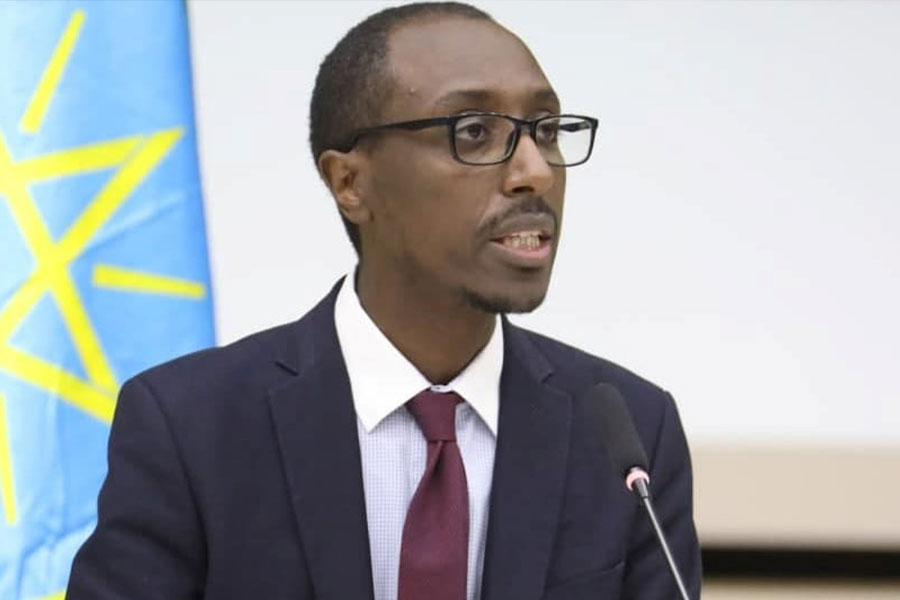
Verbatim | Jun 29,2024

Fortune News | Jan 13,2024

Viewpoints | Jun 28,2025

Sunday with Eden | Mar 02,2019

Commentaries | May 31,2020

Viewpoints | Jun 07,2025

Commentaries | Sep 11,2020

My Opinion | 132151 Views | Aug 14,2021

My Opinion | 128561 Views | Aug 21,2021

My Opinion | 126482 Views | Sep 10,2021

My Opinion | 124091 Views | Aug 07,2021
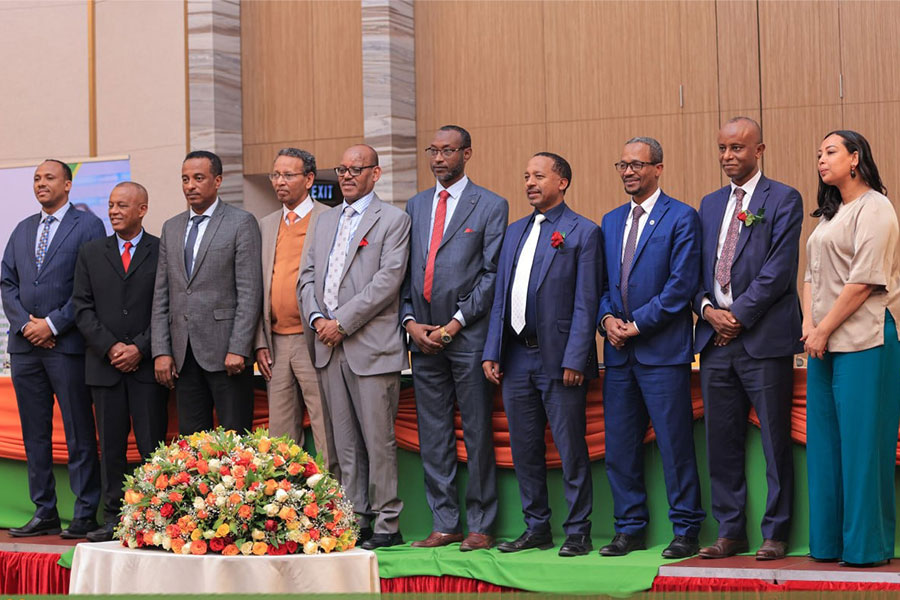
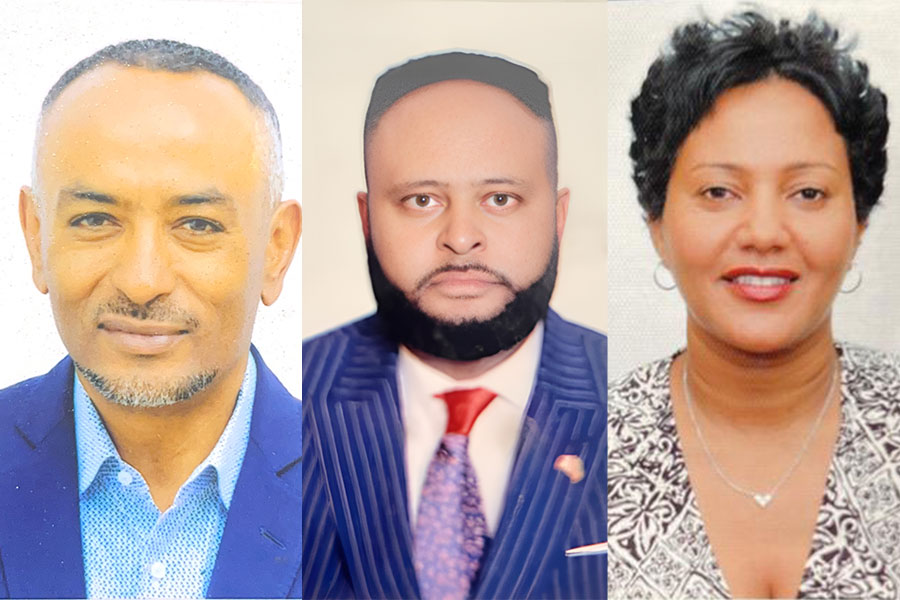



Dec 22 , 2024 . By TIZITA SHEWAFERAW
Charged with transforming colossal state-owned enterprises into modern and competitiv...

Aug 18 , 2024 . By AKSAH ITALO
Although predictable Yonas Zerihun's job in the ride-hailing service is not immune to...

Jul 28 , 2024 . By TIZITA SHEWAFERAW
Unhabitual, perhaps too many, Samuel Gebreyohannes, 38, used to occasionally enjoy a couple of beers at breakfast. However, he recently swit...

Jul 13 , 2024 . By AKSAH ITALO
Investors who rely on tractors, trucks, and field vehicles for commuting, transporting commodities, and f...

Jul 12 , 2025
Political leaders and their policy advisors often promise great leaps forward, yet th...

Jul 5 , 2025
Six years ago, Ethiopia was the darling of international liberal commentators. A year...

Jun 28 , 2025
Meseret Damtie, the assertive auditor general, has never been shy about naming names...

Jun 21 , 2025
A well-worn adage says, “Budget is not destiny, but it is direction.” Examining t...

Jul 13 , 2025 . By YITBAREK GETACHEW
The Addis Abeba City Revenue Bureau has introduced a new directive set to reshape how...

Jul 13 , 2025 . By BEZAWIT HULUAGER
Addis Abeba has approved a record 350 billion Br budget for the 2025/26 fiscal year,...
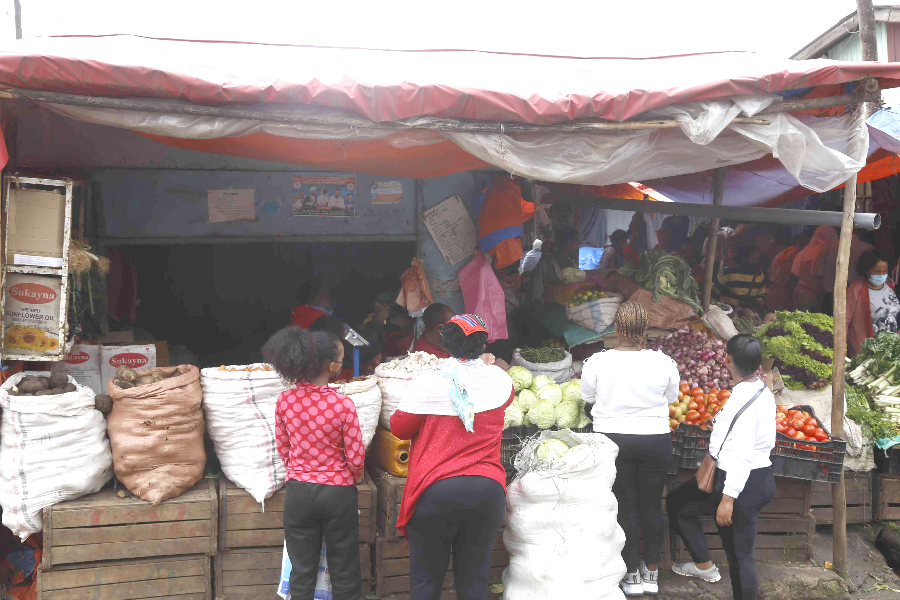
Jul 13 , 2025 . By RUTH BERHANU
The Addis Abeba Revenue Bureau has scrapped a value-added tax (VAT) on unprocessed ve...

Jul 13 , 2025 . By NAHOM AYELE
Federal lawmakers have finally brought closure to a protracted and contentious tax de...